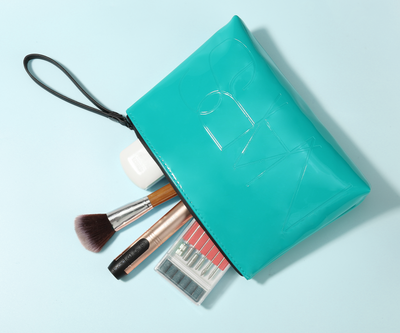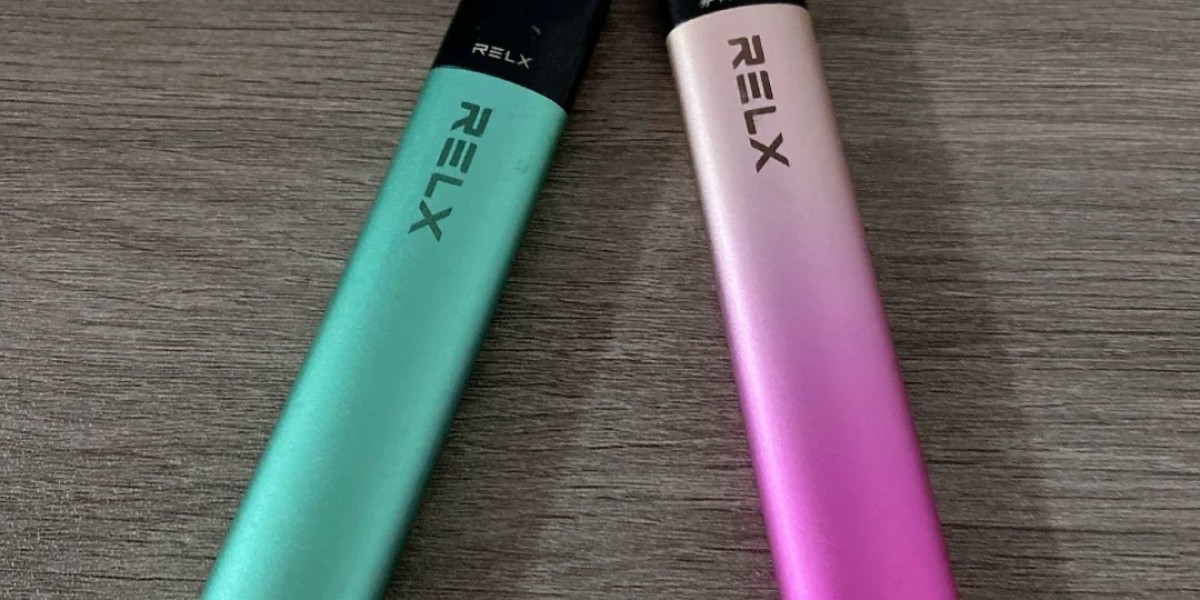Unlock the Secret to Perfect Nails: Discover the Magic of Nail Files!
Nail care is an essential aspect of personal grooming that often goes overlooked. Beautifully manicured nails can enhance your overall appearance, boost your confidence, and serve as a reflection of your self-care routine. Among the tools available for nail care, nail files stand out as a crucial instrument in achieving that flawless look. With various types of nail files at your disposal, understanding their unique features and benefits is vital. Whether you are a nail care novice or a seasoned enthusiast, this article will guide you through the different types of nail files, how to use them effectively, their benefits, and common mistakes to avoid.

The Different Types of Nail Files
When it comes to nail files, variety is the spice of life! There are several types available, each designed for specific uses and nail types. First up is the emery board, a classic choice made of cardboard coated with a gritty surface. It's perfect for quick filing and shaping but can be rough on the nails if used too aggressively. Then we have glass files, which are becoming increasingly popular due to their gentle nature. They create a smooth edge and are excellent for natural nails, reducing the risk of splitting or peeling. Metal files are durable and often used for acrylic or hard gel nails, providing a strong filing option but requiring careful handling to avoid damage to natural nails. Lastly, ceramic files offer a combination of gentleness and durability, making them suitable for all nail types. My friend Sarah swears by her glass file; she loves how it leaves her nails looking polished without the damage that other files can cause.
How to Use Nail Files Correctly
Using a nail file may seem straightforward, but there are techniques to ensure you achieve the best results without harming your nails. Start by selecting the right type of file for your nail. For natural nails, a glass or ceramic file is ideal. Hold the file at a slight angle against the nail edge and gently glide it in one direction. Avoid filing back and forth, as this can weaken the nail structure. If you’re looking to achieve a specific shape, like square or oval, picture the desired shape in your mind and file accordingly. It's also important to keep your nails dry and clean before filing, as this makes the process smoother. A personal tip I learned from my nail technician is to always finish with a light buff to promote shine and smoothness!
The Benefits of Using Nail Files
Regularly using nail files offers numerous benefits that contribute to overall nail health and aesthetics. One of the primary advantages is maintaining nail length and shape, allowing you to prevent breakage and splits. Filing not only enhances the appearance of your nails but also promotes healthier growth by removing rough edges. It can also provide a professional finish, making your nails look salon-ready without the expense. Another benefit is the ability to customize your nail shape; whether you prefer a classic square, elegant oval, or trendy stiletto, a good file can help you achieve your desired look. My friend Lisa has noticed that since she started filing her nails regularly, they are less prone to chipping and damage, which has made her feel more confident about showing them off.
Common Mistakes to Avoid When Using Nail Files
While nail filing is a simple task, there are common pitfalls that many people fall into, which can lead to less-than-perfect results or even damage. A frequent mistake is filing in a back-and-forth motion, which can weaken the nails and lead to splitting. Instead, always file in one direction to maintain structural integrity. Additionally, using the wrong type of file can also be detrimental; for instance, metal files can be too harsh for natural nails. Another common error is not cleaning the file regularly, which can lead to the transfer of bacteria and debris to your nails. Lastly, filing too aggressively can cause discomfort and damage. To avoid these mistakes, take your time, choose the right tools, and listen to your nails. A friend of mine learned the hard way when she used a metal file on her natural nails and ended up with splits. Now she’s a firm believer in using the right file!
Nail File Essentials for Beautiful Results
In conclusion, nail files are an indispensable tool in achieving and maintaining perfect nails. By understanding the different types of nail files, using them correctly, and avoiding common mistakes, you can ensure that your nails remain healthy, beautiful, and well-groomed. Incorporating nail filing into your regular nail care routine will not only enhance your aesthetic but also promote nail health. So why not take a moment to assess your nail care tools and ensure you’re equipped for success? Remember, your nails deserve the best care, and with the right file, you can unlock their full potential!








